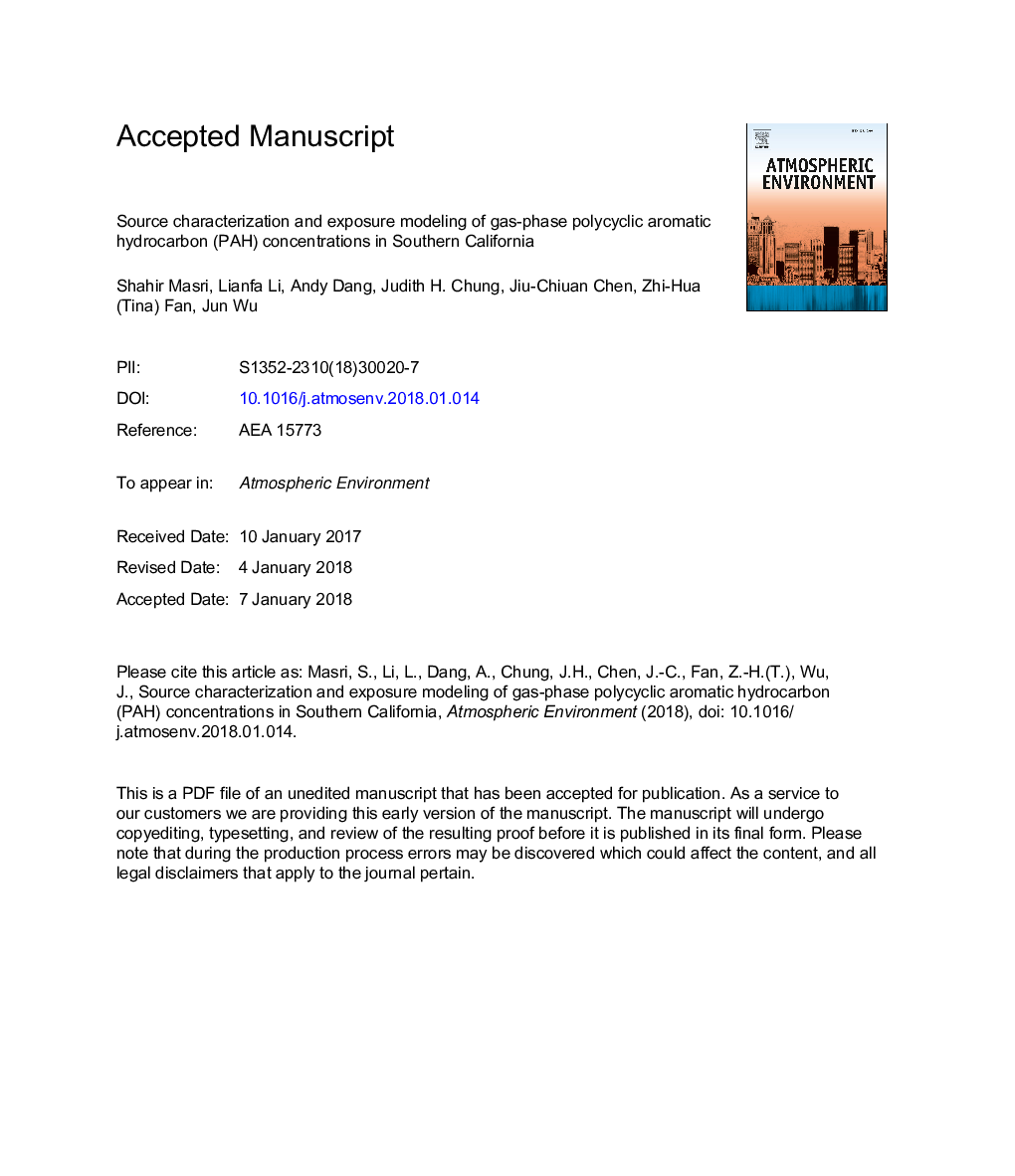| Article ID | Journal | Published Year | Pages | File Type |
|---|---|---|---|---|
| 8864088 | Atmospheric Environment | 2018 | 45 Pages |
Abstract
PAH sources varied by season, with a higher fossil fuel and wood burning contribution in winter. Spatial autocorrelation accounted for a substantial amount of the variance in total PAH concentrations for both winter (56%) and summer (19%). In summer, other key variables explaining the variance included meteorological factors (9%), population density (15%), and roadway length (21%). In winter, the variance was also explained by traffic density (16%). In this study, source characterization confirmed the dominance of traffic and other fossil fuel sources to total measured gas-phase PAH concentrations while a spatial exposure model identified key predictors of PAH concentrations. Gas-phase PAH source characterization and exposure estimation is of high utility to epidemiologist and policy makers interested in understanding the health impacts of gas-phase PAHs and strategies to reduce emissions.
Keywords
Related Topics
Physical Sciences and Engineering
Earth and Planetary Sciences
Atmospheric Science
Authors
Shahir Masri, Lianfa Li, Andy Dang, Judith H. Chung, Jiu-Chiuan Chen, Zhi-Hua (Tina) Fan, Jun Wu,
